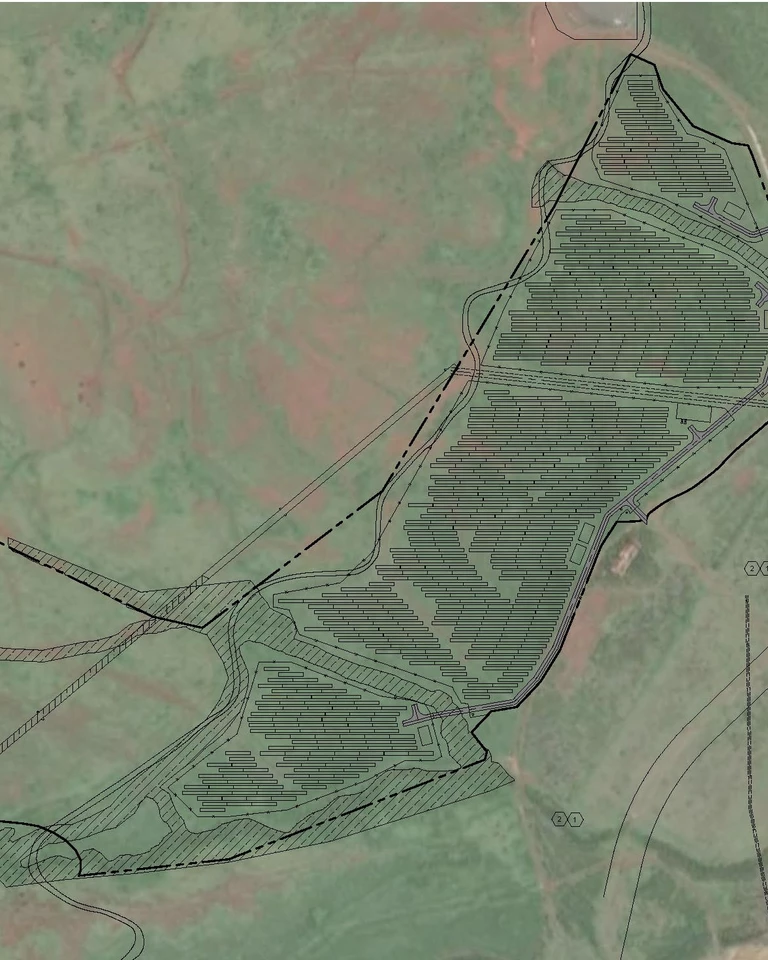Project contact information
If you have any questions or concerns please reach out to our Community Outreach Representative.
Community Outreach Representative: Carrice Gardner
Email: aeswestoahusolar@aes.com
Project Hotline: +1 (808) 800-3942
Regulatory approvals and community outreach
Continuous outreach activities including meetings, correspondence and discussions with elected officials, Neighborhood Board members, Mālama Learning Center, Grace Pacific, Villages of Kapolei Association, Palehua Community Association, and Wai Kalo'i Community Association.
Monthly Construction Updates
- April 2023
- February 2024
- January 2024
- December 2023
- November 2023
- October 2023
- September 2023
- August 2023
- July 2023
- June 2023
- May 2023
- April 2023
- March 2023
- February 2023
- January 2023
- December 2022
- November 2022
- October 2022
- September 2022
- August 2022
- June 2022
Building Permit Comment Responses Submitted – May 2, 2022
Grading Permit Received – April 29, 2022
City and County of Honolulu Conditional Use Permit (minor) (CUP-m) - August 3, 2021
- June 9-10, 2021 Public Hearing
Public Comments & Correspondence
City and County of Honolulu Conditional Use Permit (minor) (CUP-m) - August 3, 2021
- June 9-10, 2021 Public Hearing
Public Comments & Correspondence
- March 17, 2021 Public Hearing
Hawaii State Land Use Commission
- January 6, 2021 Public Hearing
Agenda, Minutes, and WebEx Recording
State of Hawai‘i Special Use Permit (SUP)
- SUP Public and Agency Comment/Review
Notification to area landowners, elected officials, Neighborhood Boards, area organizations, and community associations - October, 2020
City & County of Honolulu Planning Commission
Makakilo/Kapolei/Honokai Hale Neighborhood Board - August 26, 2020
Environmental Assessment (EA)
- EA Scoping - September, 2019
- Draft EA Comment Period - April/May, 2020
- FEA and FONSI - July, 2020
Early-Stage Public Community Meeting - February 26, 2018
Public Utilities Commission DOCKET no. 2019-0050
Community Outreach Plan
*Two sources: Hawaii PUC Dockets 2019-0050, 2018-0436, 2018-0430; Exhibit 6
Collaboration and engagement
AES Distributed Energy is deeply committed to becoming an active, invested member in the communities we serve.
Throughout the process, AES has and will continue to engage and listen carefully to community feedback on the Project. Specific issues identified by the community thus far are actively being addressed and we continue to seek input to ensure we are responsibly examining concerns.
Archaeological and cultural resources
AES recognizes we have a responsibility to respectfully address archaeological and cultural resources early in the process. With this understanding, we started the project by undertaking the following actions:
Cultural Impact Assessment (CIA)
One of the initial steps in the process was to prepare a CIA in consultation with Native Hawaiian organizations, agencies and community members to obtain input regarding present and past uses, cultural sites, traditional gathering practices, cultural association and any associated cultural concerns and identify historic and cultural issues in the project area and region.
Archaeological Inventory Survey (AIS)
To identify and document any potential historic properties within the project area, an AIS was conducted, and is pending review by the State of Hawai’i Historic Preservation Division (SHPD).
Agriculture
Solar facilities are considered to be highly compatible with agriculture activities. AES has pursued partnerships with potential compatible agricultural operators early in the project development stage.
Honey production
Specific beekeeping requirements have been incorporated into the project site plan.
Cattle production and grazing
The area is currently used for cattle ranching. In consultation with an existing area rancher, rotational cattle grazing will be incorporated into compatible agricultural plans for the site.
Visual impacts
Community members have raised visual impacts as an important consideration.
Sensitive siting
As much as possible, the project will be designed and laid out to reduce visual impacts, especially from neighboring communities.
Landscaping
Where practicable, landscaping will be incorporated to further reduce visual impacts.
Visual simulations and view planes
To better understand the visual impacts, AES prepared renderings to simulate views of the project from various vantage points.
Glint and glare
A Glare analysis has been conducted from key observation points and conservative model results indicated very limited impact to commuters, residents, and air traffic.

We appreciate your interest and participation in Hawai’i’s renewable energy future. We look forward to hearing your ideas, thoughts and comments.
Community Outreach Representative: Carrice Gardner
Project Hotline: +1 (808) 800-3942







